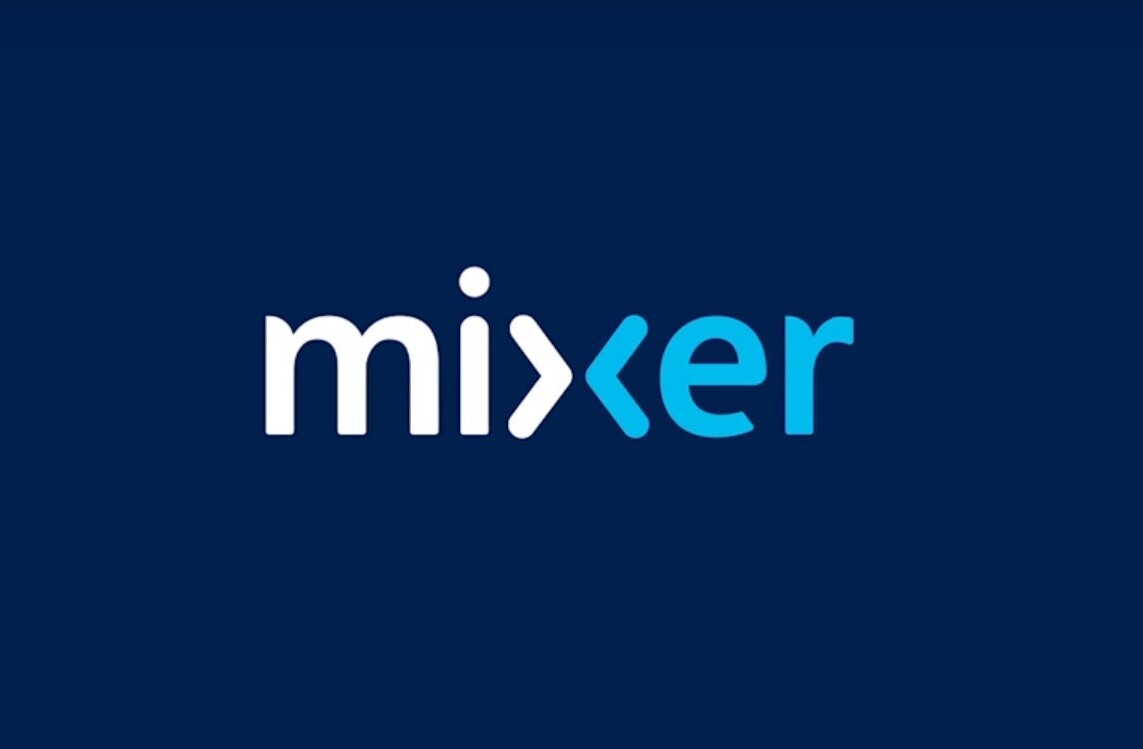
With the plethora of legitimate streaming options available today, you’d be forgiven for thinking pirated TV shows were a thing of the past. But a new study by the EU’s Intellectual Property Office (EUIPO) shows that after a multi-year decline, online piracy is on the up.
The study, based on data from UK piracy tracking firm MUSO, suggests that there was a notable increase in piracy levels over the past two years.
“The main finding is that the declining trend seen in the earlier studies seems to be reversing, with piracy increasing again, mainly due to increases in piracy of TV content and publications,” the report reads.
While current piracy levels are still nowhere near what they were five years ago, a trend reversal is notable and may suggest that we’re at a pivotal point in time, especially as legal streaming services face slowed growth amid increased competition and an economic downturn.
TV piracy is booming
The study found that TV shows are by far the most pirated type of content in the EU, accounting for nearly half (48%) of all piracy. Illegal streaming of live events, such as sports games, is also on the rise, while piracy of software and publications also showed a significant increase in 2022. However, piracy of films and music is still decreasing.
According to the study, streaming has become the most popular method to access illicit TV content, with 58% of piracy in the EU occurring via streaming and 32% through downloading via sites such as Piratebay or Torrentz.
Various countries also differ in the volume and type of content consumed. Piracy is most popular in Estonia and Latvia, while it’s relatively unpopular in Germany and Italy. There are also different preferences for the type of content. In Greece, film piracy makes up 25% of the total piracy volume, for example, while in Poland it’s as low as 5%.
Why is piracy on the rise again?
In the 2000s, I and pretty much everyone I knew was consuming pirated content. It was simply the only way for us cash-strapped high schoolers to access the titles we wanted, when we wanted.
While the online media landscape has changed a lot since then, the EUIPO report shows people are streaming illegal content today for much the same reasons they did 10 or 20 years before — a lack of legal options and high subscription or purchase costs.
The econometric analysis, which is limited to the movie, TV, and music categories, shows that the number of available legal alternatives reduces piracy. This means that the availability of more legal streaming services correlates to lower piracy numbers.
Meanwhile, the income level of a country also has a significant impact on piracy rates. Low per capita income, a high degree of income inequality, and high youth unemployment are all associated with increased consumption of pirated content.
“Understanding the underlying mechanisms of piracy is essential to adopt effective policies and measures that contribute to reducing it,” remarked Christian Archambeau, EUIPO’s executive director.
As the economic crunch affects everyone’s bottom line and streaming services offer declining bang for their buck, consuming pirated content may become increasingly inviting for years to come.
Get the TNW newsletter
Get the most important tech news in your inbox each week.




